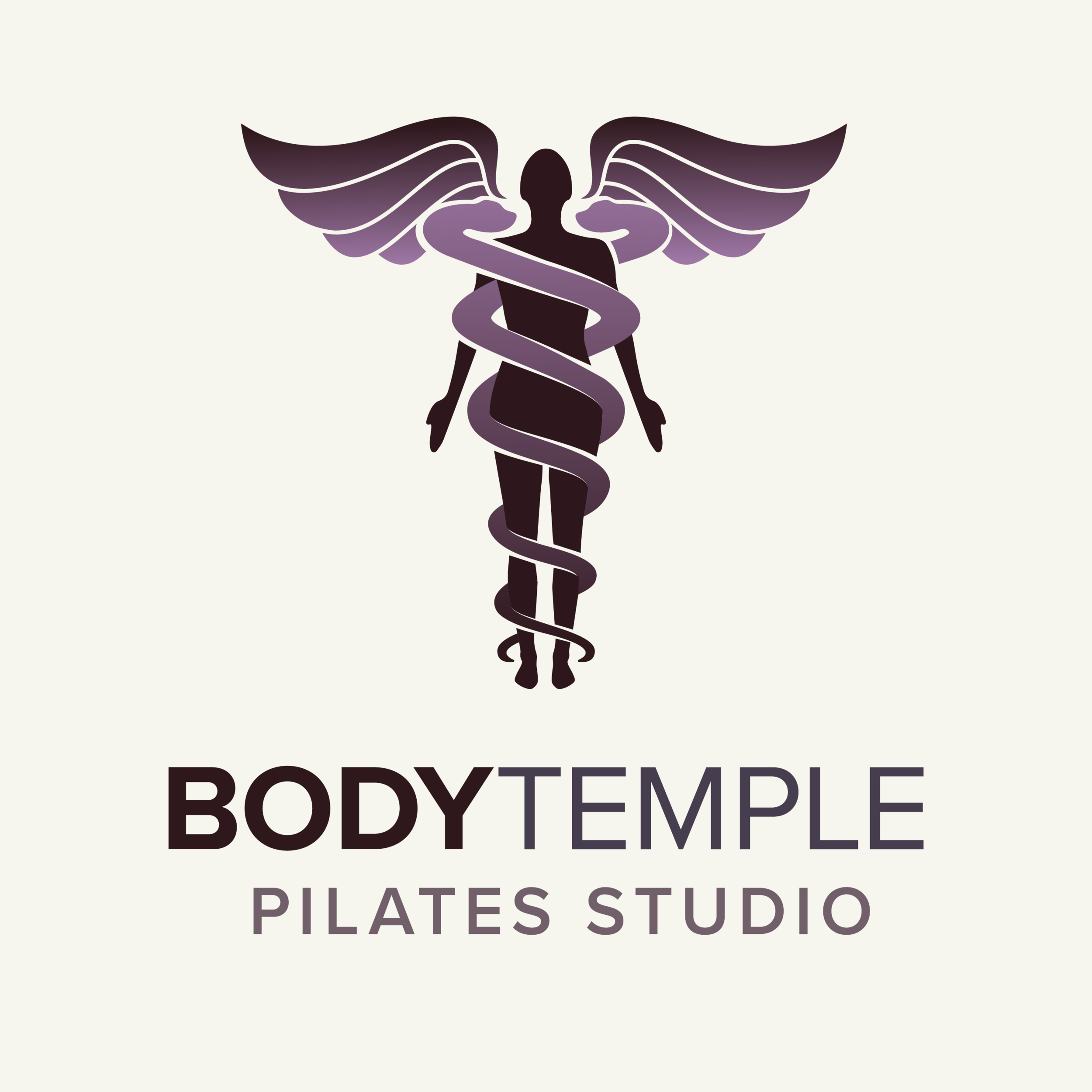Using Classical Pilates Equipment For Better Results
One of the biggest challenges we encounter is helping clients improve their awareness of the positioning of the body in relation to the space around it, also known as “proprioception.” This awareness allows the student to activate and appropriately recruit the muscles needed for a given exercise, rather than rely on larger muscle groups to perform over and over again- a sure way to injury.
And, because it is our responsibility as Pilates Teachers to make the work accessible to all clients, we are teaching to the multiple intelligences and creating opportunities for the client to experience the work with different sequences and equipment. This maximizes their efforts, and they see greater results in a shorter amount of time. We always have to meet the client where they’re at so we can progress them towards greater strength, flexibility, and mobility. (Shout out to us: our jobs are more than wearing cute leggings!)
As mentioned in our previous blog, “The Best Pilates Equipment You’ve Never Tried,” most people who are familiar with Pilates are able to identify the Matwork or the Reformer. However, that is just the tip of the iceberg in the world of Pilates.
Of course, that begs the question, “What are you doing on other equipment that is so different, yet still Pilates?” Similar to Reformer sequences, the movements are all based on the Matwork (the foundation of Pilates). The orientation of the body changes, and sometimes the nature of how the equipment is shaped will inhibit certain muscles from taking over. A great example of this is the Spine Corrector; a simple piece of equipment that provides outstanding results.
Absent are the expected springs and any moving parts, and in place of it is a simple design that requires the student to depend solely on their own strength and body awareness; no place to hide! When we use the Spine Corrector, the work and resistance comes from your own body and gravity. Sounds fun, right?
So, how and when do we incorporate the different pieces of equipment?
One approach is a classic structure for a private Pilates session which includes a short warm-up, 20 minutes of Matwork, 20 minutes of auxiliary equipment work, and a short cool-down.
Assessing the individual requires we listen to what the body communicates during Matwork. This will dictate the focus of the auxiliary work, and often reveals the piece of equipment that would best communicate with that particular client. Essentially, our job as Teachers is translating one idea/concept/principle into multiple languages, and the various apparatus allow us to do just that!
Regarding improving proprioception, the Spine Corrector is one of our best tools for giving the client feedback as to where they are in space. Proper positioning has the student seated on the front “lip” or in the “crevasse” as they work one spinal segment at a time. Please enjoy the videos below focusing on proper positioning, lateral shifting, and roll ups.
This video explores lateral shifting of the spine and ribcage against the barrel. Many bodies are unclear on the difference between lateral flexion (side bend) and lateral shifting (think of a deck of cards being spread across a table). Challenging the ribs to slide sideways towards and over the barrel will awaken muscles!
Laying back over the barrel for Pilates roll-ups has been priceless for many of our clients because they can feel the weight of their backs as they extend themselves over and peel themselves back up. They are better able to equalize the pressure between their left and right sides, and create more space in the spine.
